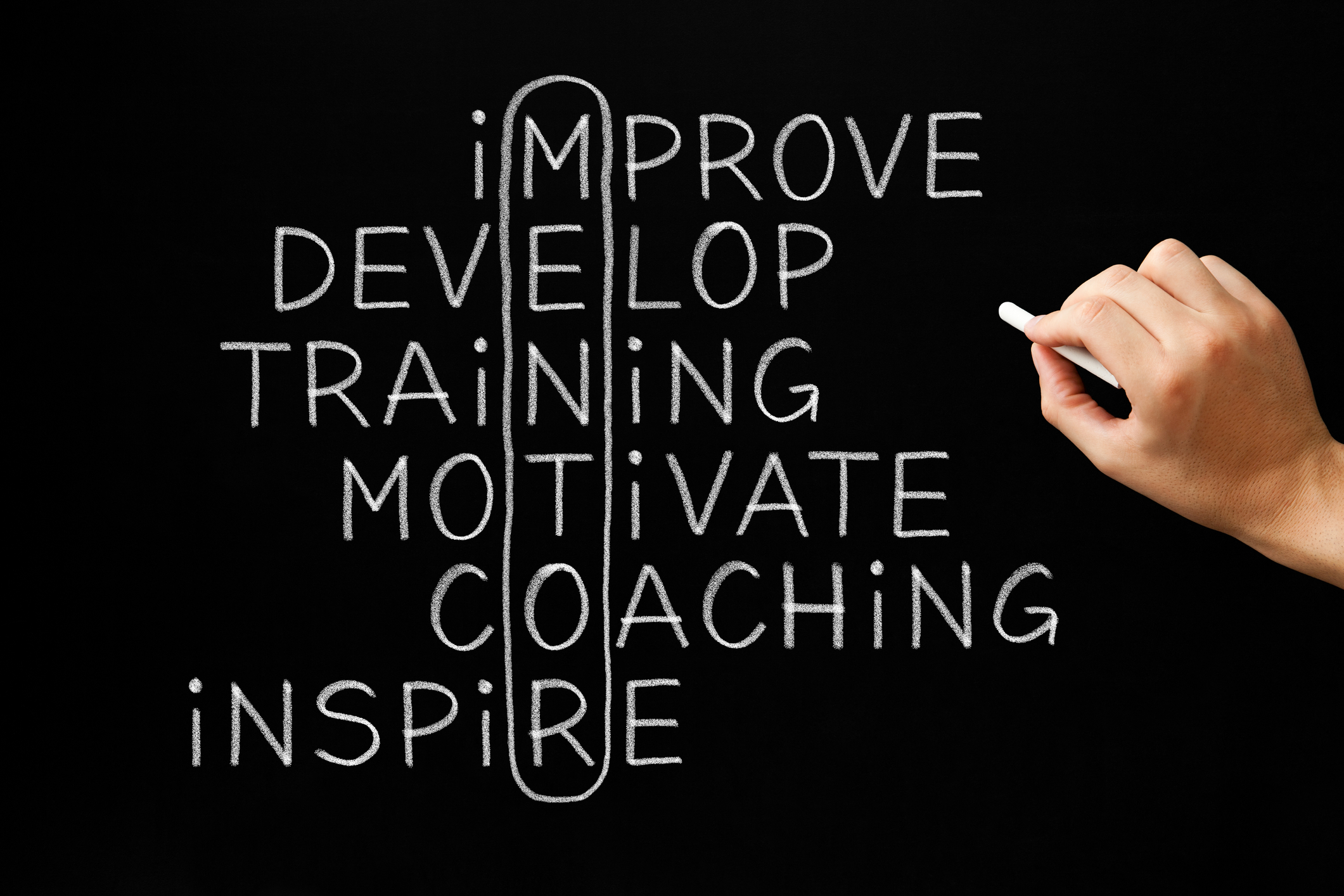Mentoring is one of the professional development features proposed in the consultation draft of an Australian VET workforce quality strategy as it is seen “to be effective for supporting and improving the confidence and skills of trainers and assessors, particularly new entrants.”
How do you do mentoring well, though? This practical guide was developed by CEDEFOP (The European Centre for the Development of Vocational Training). Developing guidance materials such as this one has also been proposed in the draft Australian strategy.
The handbook
CEDEFOP’s handbook, entitled “The Mentor Handbook: A Practical Guide for VET Teacher Training” looks like a possible ‘on the money’ guide to what may be needed here in Australia. Developed by a panel of experts from across Europe, it aims “to support those institutions that plan to develop or implement mentoring systems for their teachers in the initial vocational education programmes.” It is focused on a process where an “experienced teacher provides emotional, social and professional support to a beginning teacher to introduce him/her to the institutional norms and values.” So, it can form a useful part of an induction program for new VET teachers.
Consisting of some 56 pages, it covers a range of topics, including: what mentoring is, what the foundations of a good mentoring program are and finally outlines how to set a mentoring program up in your organisation. Appendices provide a number of case studies drawn from across Europe. It describes the stages in the mentoring process and the roles of both mentors and their mentees.
What are the handbook’s big ‘take homes’?
Mentoring contributes significantly to a process of effective teacher support at the beginning and throughout their careers. It’s important because, at its best, it provides a nurturing environment for them, raises the quality of teaching and training and enhances their skills, confidence and motivation.
Mentoring can take a number of forms and has many benefits both to the individual teacher and their organisation. However, there are misconceptions about the process as well, including that it is a one-way and time-consuming process, that it has to be face to face and that it is only focused on individual teachers’ personal problems rather than nurturing strengths.
Good mentoring involves balancing support for the mentee but challenging them too so they can ‘grow’. So, the quality of the relationship is critical, especially if it involves both support for, and assessment of, the mentee. It also needs good planning and preparation as well as simple and clear communication. This communication involves watching for non-verbal cues, and effective listening as well as talking. It’s about building a good rapport too! Finally, really good two-way feedback between mentor and mentee is very important (that is, giving and receiving feedback effectively).
Setting up the process at ‘your place’
This really needs to be thought through from the organisation’s perspective. Providers need to recruit and train their mentors and regularly review and evaluate the mentoring program to advise change and improvement. It needs good resources to help both the mentors and mentees, including developing a mentor handbook or guidelines. (You probably need one for the mentees too!) Teacher observations can be useful as well as an action or development plan for the mentee to provide a framework for the mentoring process.
CEDEFOP’s handbook provides an ‘observation of teaching’ proforma as well as a reflection on observed teaching practice for the mentee to complete. There is also a proposed mentor agreement form included.
The handbook suggests that VET institutions will normally need a lead-in time of at least a year in order to establish a mentoring system and needs a policy document to be written and general agreement that a mentoring system is required.
Finally, successful mentoring systems need VET institutions “to know how to motivate and reward their mentors,” to pay attention to how and when mentors are trained and supported and for the mentoring program to be formatively and summatively evaluated.








